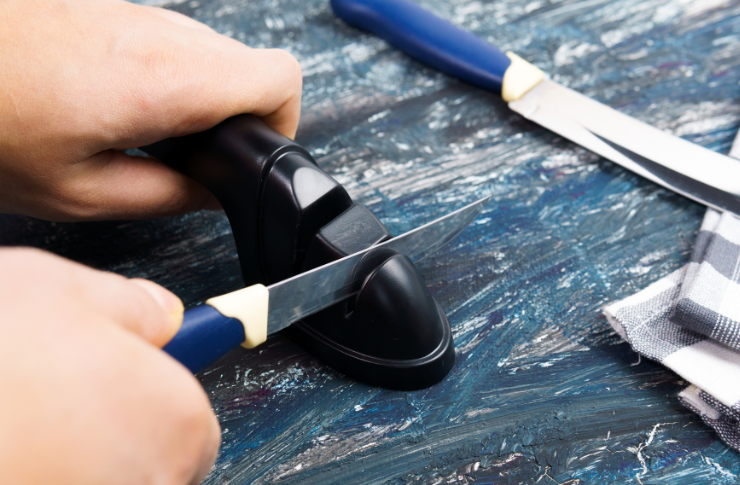
Preserving the Edge: A Guide to Maintaining Japanese Knife Sharpness
Japanese knives are revered worldwide for their superior sharpness and precision. However, maintaining that fine edge requires a blend of regular care and knowledge. Here’s a comprehensive guide to ensuring your Japanese knife remains as sharp and efficient as the day you acquired it:
Regular Honing:
Honing realigns the edge of the blade and should be done frequently, ideally before or after each use. Utilizing a honing rod, gently slide the blade down the rod at a 20-degree angle, alternating sides, to keep the edge straight and true.
Proper Sharpening:
Unlike honing, sharpening removes metal from the blade to create a new edge. Japanese knives should be sharpened with a whetstone, as opposed to an electric grinder, to prevent overheating and maintain blade integrity. Soak the whetstone in water for about 10-15 minutes, then hold the knife at a 15-degree angle and glide it across the stone in a smooth motion.
Regular Cleaning:
After each use, clean your knife gently with warm water and mild soap, using a soft sponge to remove any residue. Avoid dishwashers as they can cause nicks in the blade and degrade the handle. Dry the knife immediately with a soft cloth to prevent rusting.
Proper Storage:
Store your Japanese knives in a wooden knife block, on a magnetic knife strip, or in a protective sheath to prevent them from banging against other utensils which could dull the edge.
Avoiding Hard Surfaces:
Always use a soft cutting board like wood or rubber, and avoid cutting on hard surfaces like glass, granite, or metal which can dull or damage the blade.
Professional Sharpening:
If uncomfortable sharpening your knife at home, consider having it professionally sharpened. Professionals have the skill and equipment to ensure your knife is sharpened correctly without removing excessive metal.
Regular Inspection:
Periodically inspect your knives for any signs of dullness, chips, or other damages. If a blade becomes damaged or excessively dull, consider seeking professional sharpening or repairs.
Lubrication and Rust Prevention:
If your Japanese knife is made of high carbon steel, consider applying a light coat of food-safe mineral oil to prevent rusting and tarnishing.
Japanese knives are an investment in your culinary endeavors. With proper care and maintenance, your Japanese knife will continue to provide precise cuts and exceptional performance for years to come.
